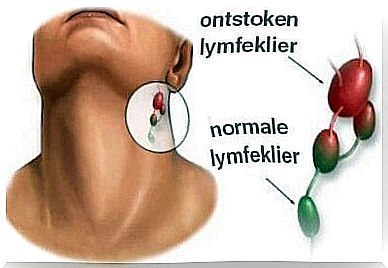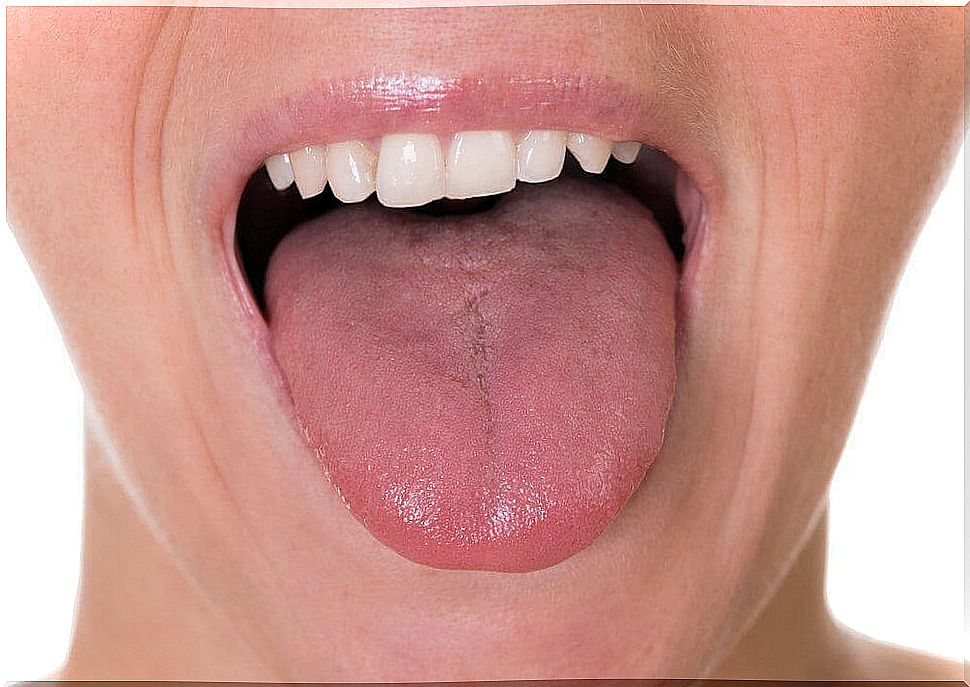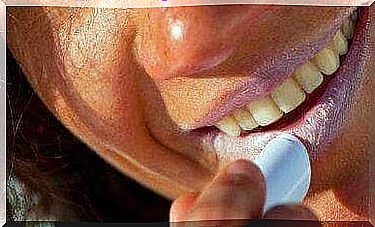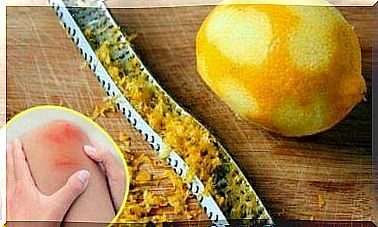6 Ways To Know If There Is White Plaque In Your Throat

The presence of white plaque in your throat is a symptom of acute tonsillitis caused by bacteria such as strep.
It affects adults just as many as children, especially younger children. They tend to put things in their mouths. This makes it easier to spread infections to the throat.
In some cases, white plaque appears in the throat in acute pharyngitis. This is inflammation of the mucus that lines the pharynx. This white plaque is filled with pus and can cause the following symptoms:
- high fever
- earache
- headache
- a sore throat
- difficulty swallowing
- Other Symptoms
If you notice these (or most of) symptoms, you should see your doctor to initiate the appropriate treatment.
How do I know if I have white plaque in my throat?
If your sore throat is caused by white plaque, it could cause some or all of the following symptoms.
1. Pain and Difficulty Swallowing

The pain can be intense and most disturbing when swallowing. It usually starts with a mild itching. It increases until it is difficult to do certain things, such as eat, drink or swallow saliva.
If it is a bacterial infection, the white plaque is widespread and the pain can be penetrating and annoying. In this case, it is important to follow antibiotic treatment prescribed by your doctor.
2. Earache

In the case of a viral infection, you may feel pain in your jaw and head. Unfortunately, antibiotics will not work to treat it. That is why it is important that you ask your doctor which medication is right for you.
3. Bad Breath

This doesn’t always happen, but when the infection is caused by streptococcal bacteria, it can sometimes cause bad breath. This phenomenon occurs due to the reproduction of the bacteria.
4. Check the lymph nodes in your neck

Your lymph nodes trap and destroy the germs that reside in your throat. When inflamed, they are sensitive to touch. That is the case if you have strep throat.
- Use your fingertips to examine the area in front of your ear and move your fingers in a circular motion behind your ear.
- Inspect the area of your neck below your chin, as it is common to find inflamed lymph nodes there.
- Also check under your jaw, between your chin and your ear.
- Move your fingers back toward your ear in a circular motion.
The entire lymph node area may be inflamed from the infection and the white plaque in your throat.
5. Check your tongue

People with strep throat often have bumpy red bumps on the tongue near the throat. They may be light red or dark red and may be inflamed.
6. Check your tonsils

In general, inflammation in the body causes inflamed tonsils. The tonsils will usually turn bright red and are larger than normal. They may also be covered with white or yellow spots.
The white plaque in the throat can be viral. If it is caused by the seasonal flu, antibiotics will not be effective. For these cases, it is best to opt for home remedies or homeopathic treatments.
Natural Remedies For Pharyngitis
Cayenne pepper has antibacterial properties that can help prevent the infection from spreading to the deep tissues. It relieves inflammation and reduces the burning sensation.
How do you make a paste with cayenne pepper?
Ingredients
- 1 teaspoon cayenne pepper
- 1/2 cup coconut oil
Preparation
To combat white plaque in your throat, make a paste of the cayenne pepper and coconut oil. Once you’ve made a homogeneous mix that’s well mixed, apply it to the inflamed area of your throat and lymph nodes.
Salvia tea

This tea is made from the leaves of the chia plant (Salvia hispanica). It has anti-inflammatory properties. Mix the tea with a little lime juice or apple cider vinegar. You can gargle with this mixture to relieve the pain.
Do not forget
A strep throat is very contagious and you should take some steps regarding personal hygiene to prevent you pass, including:
- Wash your hands regularly.
- Cover your mouth when you cough (preferably with your shoulder or elbow, not in your hand).
- Avoid sharing utensils, such as cups, forks, spoons, and personal bathroom items.
- Keep disposable tissues with you.









